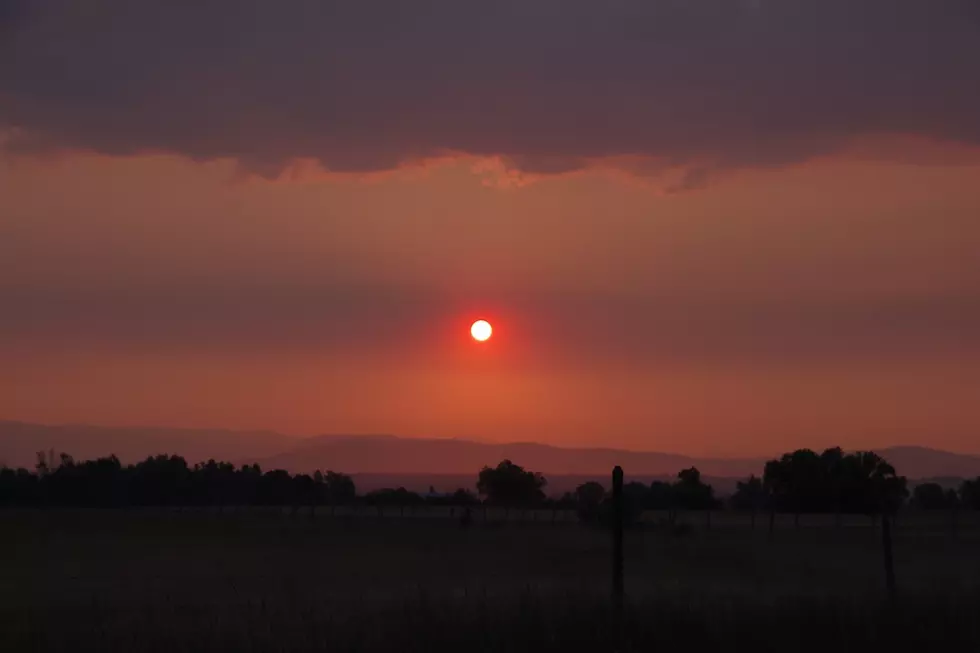
Missoula County preparing assets, bracing for active fire season
Martin Kidston
(Missoula Current) With snowpack running well behind the seasonal average, Missoula County is racing to gather its resources ahead of what's anticipated to be an active wildfire season.
On Tuesday, county officials reviewed seasonal snowfall averages, going back to 2016 and 2017, the latter being one of the busiest and most expensive fire seasons in recent memory.
In 2016, the December snowpack rang in at 124%. But in December of 2023, the snowpack total was only 37%. Barring a barrage of spring snow, it could indicate what's expected this summer in terms of fire.
“Those kinds of numbers do concern us, because so much of our taxpayers and districts are in the urban interface,” said Kirk Paulsen with the Missoula Rural Fire District. “If we can identify the number of people we need on scene as quickly as possible, we can hopefully put a good stop on anything that happens.”
The county on Tuesday signed paperwork in hopes of landing a fire protection grant from the Department of Natural Resources and Conservation. To do so, it calculated what's needed to build an effective response force, including its mutual aid partners.
The county hopes to staff an additional engine during Red Flag warnings and watches, or any other period with high fire potential.
“If fires do start, they'll get big quick and we just want to have everything in place,” said Paulsen. “We're never going to know for sure what's going to happen. But we want to be proactive instead of reactive.”
Paulsen said a growing segment of the public has expressed concern regarding this year's lack of snow. The concerns are shared among local fire officials and, with an eye on summer, they've looked at projected fire forecasts for the summer, based in part on average snowfall.
The resulting response forecast included the number of attack lines needed for small fire starts, how many engines and water tenders, and a minimum of eight crew when no structures are threatened. But in the urban interface, those needs increase.
As it stands, Paulsen said, they want a total of 13 crew, including command staff, pump operators, six attack lines and two water tenders, along with a structure protection specialist.
“We're kind of limited on that aspect of things,” said Paulsen. “We usually pull an extra command staff captain off an engine to put him in charge of that. Now we can hopefully designate overtime personnel to put them in that role.”
Paulsen said the county has a mutual aid agreement with a number of surrounding fire jurisdictions including Frenchtown, Potomac, Florence, Missoula Fire, Clinton and East Missoula.
If mutual aid is requested, Paulsen said the county will send help while the additional staffing provided by the grant would help keep some assets and personnel closer to home.
“Those ultimately affect us and it affects Missoula County,” he said. “We have mutual aid in place with all those agencies. If they need help, we'll send them automatically.”
